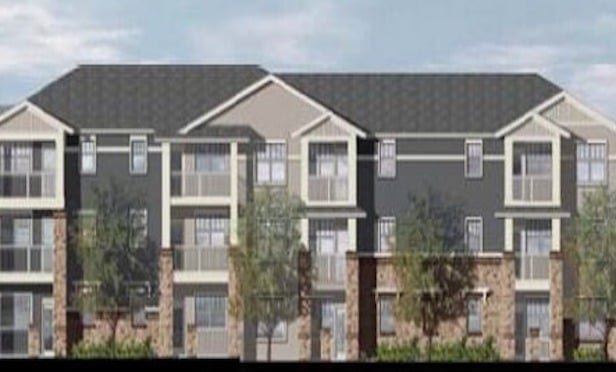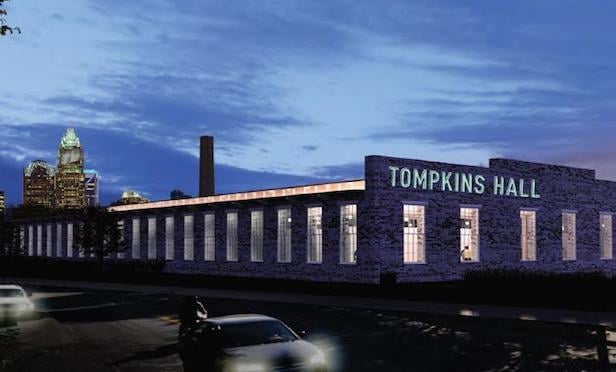CHARLOTTE—Charlotte's multifamily market is making a comeback. Developers are increasingly targeting this Southern market for new projects. But where does adaptive reuse fit into the mix?
GlobeSt.com caught up with Fitzhugh L. Stout, senior managing director for Integra Realty Resources in Charlotte, to get his take on multifamily adaptive reuse projects in Charlotte. In part one of this exclusive interview, we asked him what he sees with multifamily interest rates, North Carolina's multifamily development pipeline and how adaptive reuse projects are creating opportunities for developers. Be sure to come back this afternoon for part two of our conversation.
Globest.com: Do you see any major changes occurring in multifamily development with interest rates rising?
Stout: We have seen a number of major shifts occurring in multifamily development with the recent increase in interest rates. In fact, over the past two years, multifamily development has become the strongest segment of our real estate market. Land values have returned to, and in some cases even surpassed, the highs we saw in 2008.
The highest concentration of new units we have seen under construction—2,198 units—here in Charlotte is in the SouthEnd, which is an older industrial area that has experienced significant revitalization over the past 10 years. A number of older mills and former industrial properties have been converted to office, retail and residential uses, and a light rail line now extends through the area, providing convenient access to uptown Charlotte and south Charlotte—a submarket that has become very popular with the under-30 crowd.
Over the past decade, the Charlotte metro area, consisting of six adjoining counties, has absorbed, on average, around 3,000 units per year, with 7,202 units currently under construction. As these units are completed over the next two years, we anticipate higher vacancy, reduced rents and rental concessions.
GlobeSt.com: What's in store for 2014 in South Carolina's multifamily development pipeline?
Stout: From what we are seeing in published surveys, we anticipate a sharp decline in new construction in the major cities, including Charlotte, Raleigh, and Durham. However, we do anticipate some request for new development in the third-tier market areas.
GlobeSt.com: How are adaptive reuse projects creating opportunities for developers?
Stout: Charlotte has several older industrial submarkets, such as SouthEnd and North Davidson (NoDa), which have a number of adaptive reuse projects. Most of the older, former textile mills have been converted to mixed-use projects and include office, retail, and residential uses. The remaining potential adaptive reuse projects are in less desirable areas that have yet to experience revitalization.
Come back this afternoon, when Stout will discuss the second phase of a successful adaptive reuse project.
© Touchpoint Markets, All Rights Reserved. Request academic re-use from www.copyright.com. All other uses, submit a request to [email protected]. For more inforrmation visit Asset & Logo Licensing.






